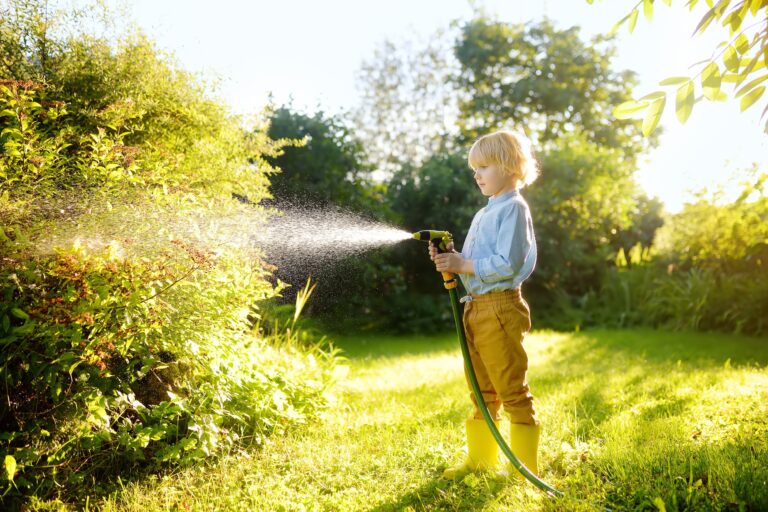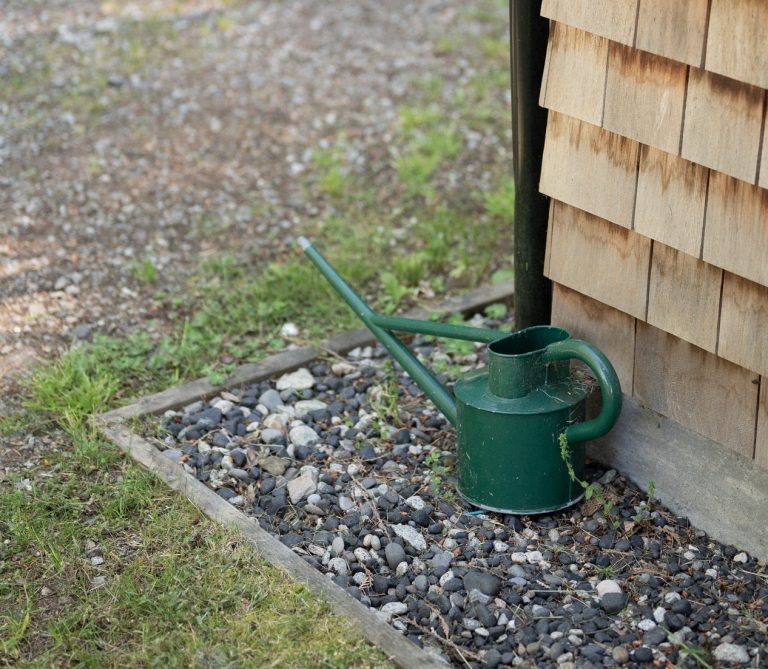Reducing your water usage in your garden is almost always a positive thing. It will lower your water bill and produce healthier plants. Why Reduce Your Water Usage in Your Garden? Overwatering is a common mistake among gardeners. However, the truth is that plants have adapted to require less water than most people assume….
save water
4 Frugal DIY Drip Irrigation Systems
Buying a fancy drip irrigation system is one way to go. But it’ll cost you. Instead, consider a DIY drip irrigation system. Either way, you’ll need to spend time installing irrigation, so why not save a few bucks, too? Benefits of drip irrigation You’ve got a hose or a sprinkler, so why invest…

